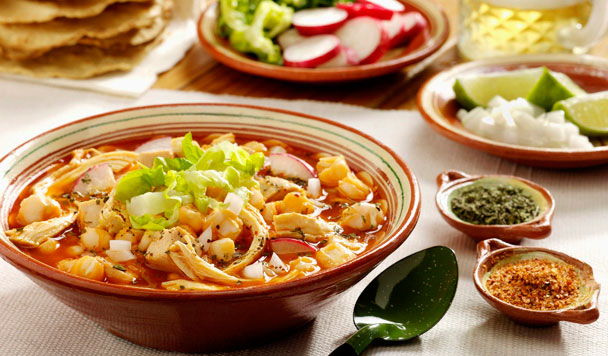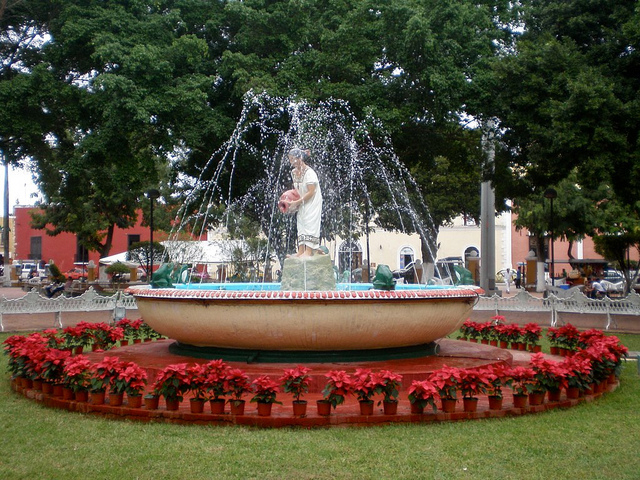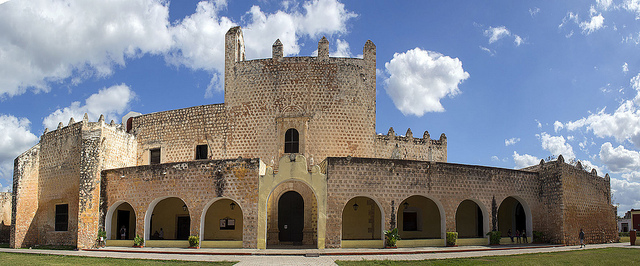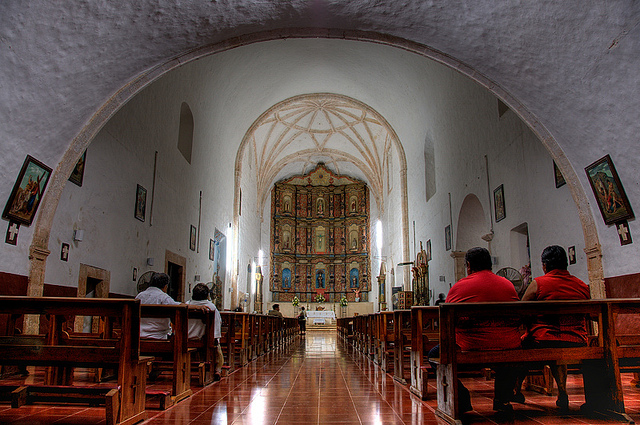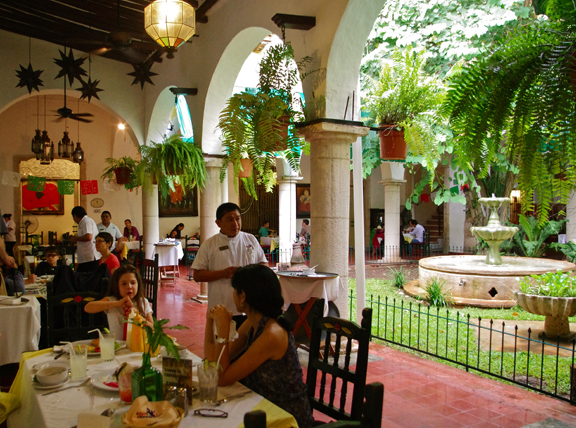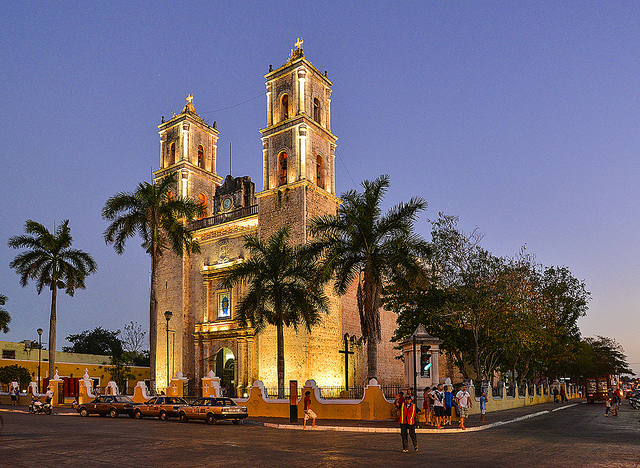The first time I was introduced to Pozole, (pronounced pō-sō-lay) the idea of topping a steaming broth with lettuce did not sound appetizing to me at all. With some reservation, I sampled a hearty spoonful and became an immediate fan. Many years later, I was grateful when my Mexican mother-in-law passed down her own mother’s recipe!
In Vancouver, where we came from, the hot, Mexican stew was soothing during the damp season when the cold rain chilled us through to our bones. Although we have moved to the tropics and it is warm year round, this family favorite continues to make a regular appearance on our dinner table.
There are three popular versions, a green, a red or a clear broth, each with a slightly varied ingredient list, all bursting with rich flavor! Each variation makes for a delicious and filling meal, however, this Pozole Rojo (the red) is my preferred choice.
Pozole Rojo
Preparation time: 2-3 hours
Ingredients:
- 1/2 cup diced onion
- 3 garlic cloves, minced
- 1 lb. pork shoulder, cut in chunks (I use pork loin)
- 1 small, whole chicken
- 1.5 tsp sea salt
- 2 tsp oregano
- 2 bay leaves
- 2 roma tomatoes
- 2 dried chile guajillos (Mexican specialty stores)
- Approximately 24 oz. white hominy, drained and rinsed. (Comes in 1 bag in local grocery stores here in Playa del Carmen or in cans at Mexican specialty stores in the US and Canada)
- 1/2 cup dried chile arbols (found in most grocery stores in the international aisle)
- a pinch of fine sea salt
Garnishes:
- 2 cups romaine lettuce or cabbage, sliced into thin strips
- 6 radishes, sliced thin.
- 1/2 cup diced onion
- 3 limes, quartered
- corn tortilla chips or tostada shells
Directions: Dice onion and garlic. Toss in a large soup pot with pork and chicken and add 12 cups of water, sea salt, bay leaves and oregano. Cover and bring to a boil. Turn the heat down and let simmer for 1.5 hours or until meat is extra tender.
Reserve 1/2 cup of the broth. Remove the chicken from the pot (the pork also if it has bones) and debone. Return the meat to the pot and add the white corn hominy. On medium heat in a separate frying pan, slightly blacken the Roma tomatoes and chile guajillos, turning frequently for approximately 5 minutes. Remove the stems from the chiles and blend them with the tomatoes as little as possible until smooth. Add to the broth and let cook for a 1/2 – 1 hour.
In the meantime, you can prepare the salsa to be served on the side for extra spice as well as the garnishes. In the blender, add the 1/2 cup of reserved broth and 1/2 cup chile arbols. Let sit for 5 minutes. Add a pinch of salt and blend. Pour salsa into a small serving dish and set aside.
Garnish with lettuce, onion, radishes, and lime. If you like it spicy, the chile arbol salsa will take this soup to the next level. However, I recommend adding a half a teaspoon at a time because this one packs quite a punch! Serve with tortilla chips or tostada shells. Enjoy!

